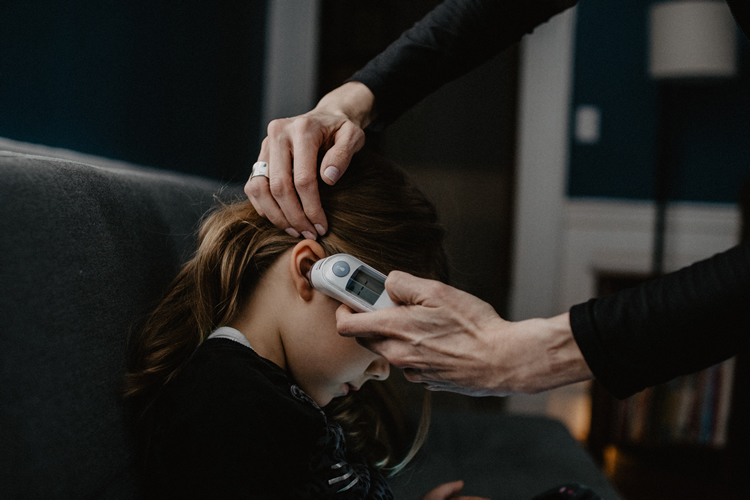If you have been bitten by a Lyme infected tick, you might not even know. Can you have Lyme disease without knowing it?
There are three distinct stages of Lyme disease. When a person is bitten by an infected deer tick, they are up against time for treating their infection. How long can you have Lyme disease without knowing it?

Lyme Disease Infection Timeline
Infection time: 24 to 36 Hours
In order to be infected by a tick bite, a tick must be attached for at least 24 hours. If you think that’s a long time to not even know you have a tick on you, think again. Nymph ticks are so tiny, they often go unnoticed. That’s why they are the biggest spreaders of Lyme infection. It’s easy for a person or a pet to have a tick attached for 24 to 36 hours unnoticed. Some people never know they had a tick attached at all!
Early symptoms begin to show: Within 30 Days
If a person shows early symptoms of Lyme, it usually occurs within 30 days after infection. The problem is, many never show symptoms, or overlook their symptoms. People, who work outdoors, or spend lots of recreational time outdoors, should be mindful of potential early onset Lyme disease symptoms. Fever, fatigue, and body aches are among the most common symptoms, as well as a bull’s eye rash around the tick bite. If symptoms do not occur within 30 days, they can be more severe. Early Lyme disease can be cured with doxycycline. The length of treatment will depend on whether the infection is localized or has begun to spread through the body.
Late symptoms occur: 6 Months to 3 Years – or Longer
Can you have Lyme disease without knowing it? Lyme disease infection can go unnoticed for three years or longer. Symptoms are so varied, that many people never know they have it until it begins to make them very sick. Yes, you can have Lyme disease for years without knowing it! Late disseminated Lyme disease cannot be cured. This late stage of Lyme can show symptoms relating to other diseases, like dementia or Rheumatoid arthritis. Some with chronic Lyme can receive successful symptom treatment. Others spend years trying to get their symptoms under control. Some seek conventional medicine. Others will try holistic treatments.
See more tick and Lyme disease questions and answers:
Lyme Prevention is Possible
There is no Lyme disease vaccine, but there are methods of prevention. Wearing long sleeves and pants when hiking, camping, or working will offer personal tick protection. Wearing clothes treated with permethrin can also help keep ticks away.
 At home Lyme prevention is available through reputable tick control companies. Professional Central Mass tick control companies will offer a choice between repellents and insecticides. Repellents will keep ticks away from your yard. EPA-registered pesticides will eliminate ticks. Repellents and insecticides are available in time-released formulas. Time released tick control will give you about two or three weeks of protection at home.
At home Lyme prevention is available through reputable tick control companies. Professional Central Mass tick control companies will offer a choice between repellents and insecticides. Repellents will keep ticks away from your yard. EPA-registered pesticides will eliminate ticks. Repellents and insecticides are available in time-released formulas. Time released tick control will give you about two or three weeks of protection at home.
Don’t forget to protect your home year-round. Tick tubes offer extended tick control through the fall and winter. Employing this kind of tick control will result in less ticks on your property in the springtime.




